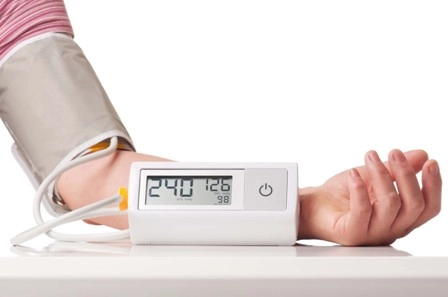CMS Updates ABPM NCD, Now Covers Suspected Masked Hypertension

Hint: The revised NCD lowers the blood pressure threshold for hypertension. CMS recently made changes to the national coverage policy (NCD) for ambulatory blood pressure monitoring (ABPM), a non-invasive diagnostic test that uses a device to track a patient’s blood pressure over 24-hour cycles. Read on to learn more about how the ABPM NCD changes will impact your cardiology practice. Observe What Changed in ABPM NCD Policy The old ABPM NCD covered ABPM only for patients with suspected white coat hypertension under specific conditions. Now, Medicare will also cover suspected masked hypertension, in addition to white coat hypertension. White coat hypertension defined: “White coat hypertension occurs when a patient’s anxiety from being in a clinical setting causes an increase in blood pressure beyond what occurs outside the clinical setting,” according to a recent CMS press release. Masked hypertension defined: Masked hypertension occurs when a patient’s blood pressure measurements that the physician takes in his office are lower than the blood pressure measurements the physician takes outside his office. Masked hypertension is “essentially the opposite of white coat hypertension,” according to CMS. Lower blood pressure threshold: Another change you will see in the updated NCD is that Medicare lowered the blood pressure threshold for hypertension. The threshold has changed from 140/90 to 130/80. Break Down the ABPM Policy for Deeper Understanding CMS will cover ABPM for diagnosing hypertension in Medicare patients under the following circumstances: Additionally, the NCD sets forth these certain conditions ABPM devices must meet: Don’t miss: Medicare will cover ABPM for eligible patients only once per year.




